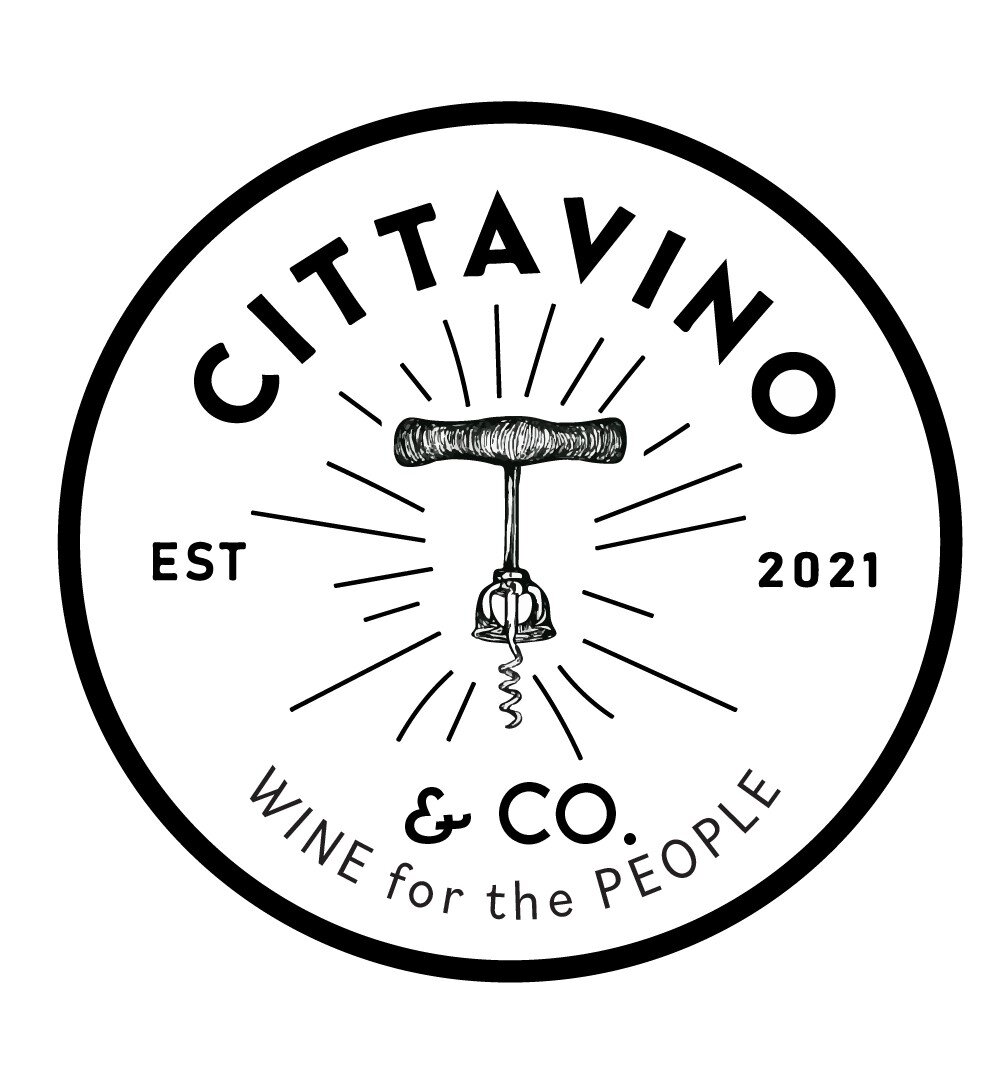MARSALA DOC
THE NAME
Marsala is located in the province of Trapani, on the most western tip of mainland Sicily. The area is home to various wine appellations, but the most well known are the Moscato Passito di Pantelleria DOC (from the Island of Pantelleria which is a municipality of Trapani) and the Marsala DOC.
The Marsala DOC is the coveted wine denomination for the sweet, oxidative, sherry like wine–a staple in your mother’s pantry of cooking liquors. Marsala has become synonymous with this wine style, similarly how the area of Champagne also refers to a wine style.
Marsala is the name of this coastal city and it most likely comes from the Arab occupation in from roughly 800-1000AD -- مَرْسَى اللّٰه (marsā llāh, “God's harbor”).
THE HISTORY
Like all of Sicily, Marsala has an eclectic history. Its position along the water made it a valuable port city for trade in the ancient world, all the way back to the time of the Phoenicians in...800 BCE? 400 BCE? The precise time is unknown and some speculate the Phoenicians were there as early as 800 BCE, but certainly by 400 BCE. For them it was Lilybaeum, a stronghold of Carthage, the ancient Phoenician empire made up of city-states that spread over Tunisia, southern Iberia, Cyprus, Sardinia, Corsica, Balearic Islands, and onto the coast of Sicily. In fact, the oxidative, sweet wine style of Marsala is their invention. The wine resembles that of Sherry from Spain. Sherry, however, was a Phoenician introduction to Iberian Peninsula as early as 1100 BCE. We can therefore make the connection that this wine style is of the ancient world, and Marsala has been making Marsala at least since Phoenician occupation in four-hundred-something BCE.
In southern Italy, this Phoenician heritage extends to Sardegna in the production of Vernaccia di Oristano and Malvasia di Bosa, both oxidized wines, both aged under Flor (a yeast strain that develops on the surface of a wine, initially protecting it from oxygen and contributing a salty, briny quality. Flor is also utilized in Sherry production). Fortification (adding of distilled spirit) is still attributed to John Woodhouse, an Englishman who is credited with making Marsala wine an official export item. The story apparently goes that he fortified the wine in order to ship it back to England in a more stable state.
THE LAND
Marsala is coastal and generally warm-Mediterranean, the average yearly temperature does not exceed 18.3 C (69F). There is little rainfall in the winter months and the cool sea breezes moderate the rather warm temperatures, especially in the summer. The Marsala DOC falls right in the middle of the “sunny belt”, a strip of land between the 34° and the 43° parallel where there are the most favorable climatic conditions for growing grape varietals used for fortified wines .Further inland the hills provide higher grape growing altitudes. While higher altitudes will offer some moderating effect by providing cooler nighttime temperatures, these vineyards are still heavily influenced by their proximity to the sea. The Mediterranean is the biggest cooling factor in this region. The DOC extends to almost the entire province of Trapani, excluding the smaller islands of Pantelleria and Favignana, as well as the commune of Alcamo. There is no altitude delineation for this DOC, but it seems that viticulture extends from the lower, more coastal areas less than 50m asl to more inland zones up to 500m asl.
The soils do not have as much prehistoric origin as those of the Hyblean Plateau in Ragusa and Siracusa, or Sicily’s long mountain chain starting with the Peloritani in Messina and ending with the Sicani in the West. By the time we arrive in Trapani, the soils are silty clay and sand, with chalky limestone pockets as you go further inland into the hillsides.
THE GRAPES
The Marsala DOC production has a color code: Oro (gold), Ambra (amber), and Rubino (pale red).
For Oro and Ambra, white varietals of: Grillo, Catarratto, Ansonica (Inzolia), and Damaschino.
For the red Rubino, red varietals of: Perricone (Pignatello), Calabrese (Nero d’Avola), and Nerello Mascalese.
Grillo
The Grillo grape has a range of expressions. It can be bright, citrusy, and mineral all the way to highly aromatic and tropical with an oily texture. Grillo is a natural (happened on its own) crossing between Catarratto and Zibibbo (Muscat d’Alexandria), which would explain its potential to be a rich, musky white. It is fast ripening, so the oily, higher alcohol versions some attribute to inattentive grape growing (grapes were picked too late), but some believe this expression to be Grillo’s true self. It is rich in thiols, which are aroma compounds that can either be overwhelmingly pleasant (think passion fruit in Sauvignon Blanc) or extremely off-putting when in contact with other elements, such as oxygen. Fermentation can also release various aromatic compounds from these thiols and some yeast strains can “unlock” more favorable aromas. All to say, when the grapes are picked and decisions during winemaking can produce Grillo of massively varying styles.
The grape is thick skinned, heat tolerant, and drought resistant. Perfect for this low rainfall, warm-hot area. The juice is highly prone to oxidation, hence its favored use in Marsala wine production.
For details on the Catarratto and Nerello Mascalese variety, please visit the Etna DOC article.
For Nero d’Avola, the Val di Noto article
